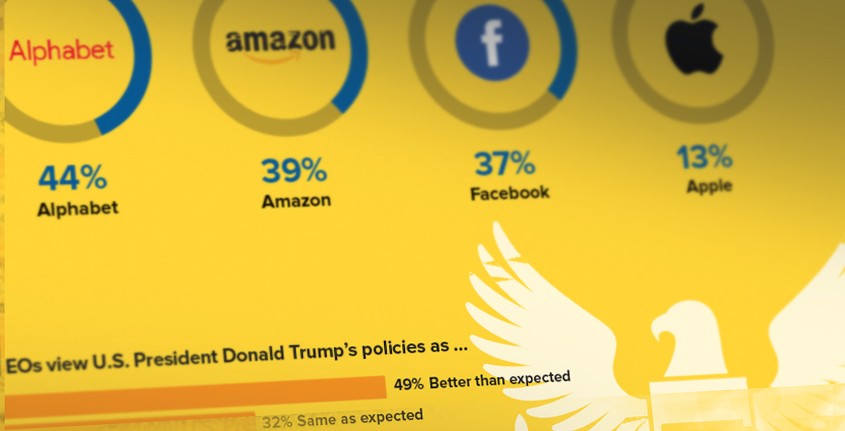The Ticker: Women In the Driver’s Seat
Saudi Arabia’s ban on women drivers ended in June, a clear win for women’s rights activists in the country. But what does it mean for the ride-hailing companies that have relied on Saudi women’s business as riders? When the ban was in place, women represented 80 percent of Uber’s customers in Saudi Arabia and 70 percent of riders at competitor Careem, according to CNN.
So far, Uber and Careem have insisted that they view the royal decree as a benefit to their business rather than a hindrance because they have gained a large new pool of potential drivers. Careem expects that female drivers also will open a new market of riders: Conservative women in Saudi Arabia whose customs inhibit them from being driven by a male stranger.
Uber has held what it calls “listening sessions” for women in Riyadh with an aim to “shape the company’s priorities and upcoming plans for women in the Kingdom,” though there are no details about what this might mean. But the company already demonstrated strong ties with Saudi Arabia in 2016 when it won an impressive $3.5 billion in funding from the kingdom’s primary investment fund.



